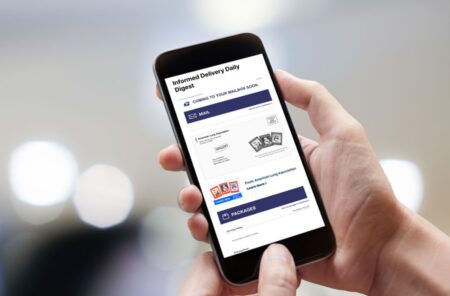iMessage is an instant messaging service provided by Apple that allows you to send text messages, photos, videos, and more to other Apple devices. It works on iOS devices (iPhone, iPad, iPod touch), macOS, and watchOS. Here’s how to enable iMessage on ios devices:
For iOS (iPhone, iPad, iPod touch):
- Go to the “Settings” app on your iOS device. It looks like a gear icon.
- Scroll down and tap on “Messages.”
- On the Messages screen, you’ll see an option labeled “iMessage.” Toggle the switch to turn it on. It will turn green when enabled.
- Sign In with Apple ID: If you’re not already signed in with your Apple ID, you may be prompted to sign in or create a new Apple ID. Follow the instructions to complete the signin process.
- Wait for Activation: iMessage may take a moment to activate. Once activated, you should see a message indicating that iMessage is active.
- Configure Settings (Optional): You can customize your iMessage settings, such as setting up your caller ID, enabling read receipts, and managing message effects by tapping on “Send & Receive” within the Messages settings.
For macOS:
- Open Messages App: Launch the “Messages” app on your Mac. It looks like a speech bubble icon.
- Sign In with Apple ID: If you haven’t signed in with your Apple ID, go to “Messages” in the menu bar and select “Preferences.” Click on the “iMessage” tab, then click the “Sign In” button to sign in or create a new Apple ID.
- Enable iMessage: Make sure the “Enable this account” option for iMessage is checked.
- Configure Settings (Optional): You can customize your iMessage settings in the Preferences window, such as setting your caller ID and enabling read receipts.
For watchOS (Apple Watch):
iMessage is automatically available on your Apple Watch if you have it enabled on your paired iPhone. There is no separate setup required on the watch itself.
Conclusion
Here how to enable iMessage on ios device, you can start sending and receiving iMessages with other Apple users. iMessages are identified by their blue bubble, while regular text messages are identified by a green bubble. Keep in mind that both you and the recipient need to have iMessage enabled for it to work.


